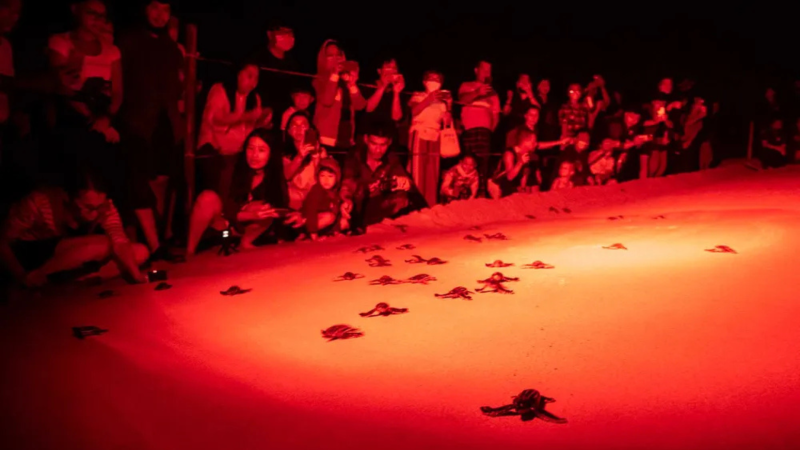
Travis Longcore for Smithsonian Magazine—From Prolonging Wallaby Pregnancies to Disorienting Hatchling Turtles, 11 Ways Artificial Lights Affect Animals
UCLA ecologist Travis Longcore discusses the pervasive impacts of artificial lighting on wildlife for Smithsonian Magazine, sharing how modern light pollution disrupts the natural rhythms animals rely on. He explains that artificial lights confuse migratory birds, disrupt sea turtle hatchling orientation and alter mating behaviors in species like fireflies.
“We know now from the work that’s been done on birds we are literally changing the places birds migrate across continents,” Longcore explained. Research also shows that light exposure can stunt toad growth and even delay wallaby births, demonstrating the broad scope of artificial light’s influence.
Longcore highlights that conservation planning must account for nighttime effects, as ignoring these disruptions leaves critical ecological needs unmet. “If you don’t think of conservation planning from the nighttime view as well, you’ve haven’t really done it,” Longcore said.
Read the full article here.
